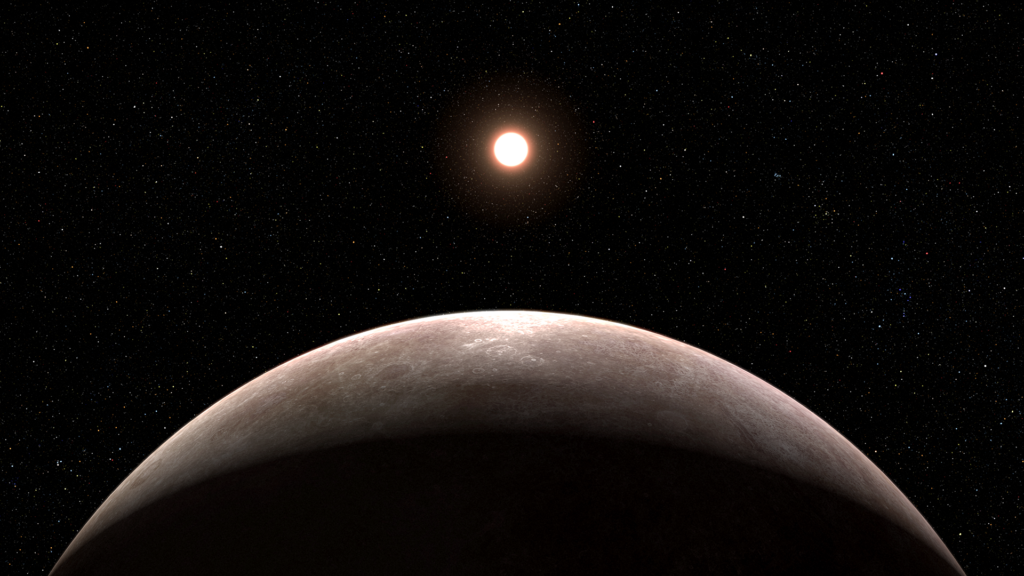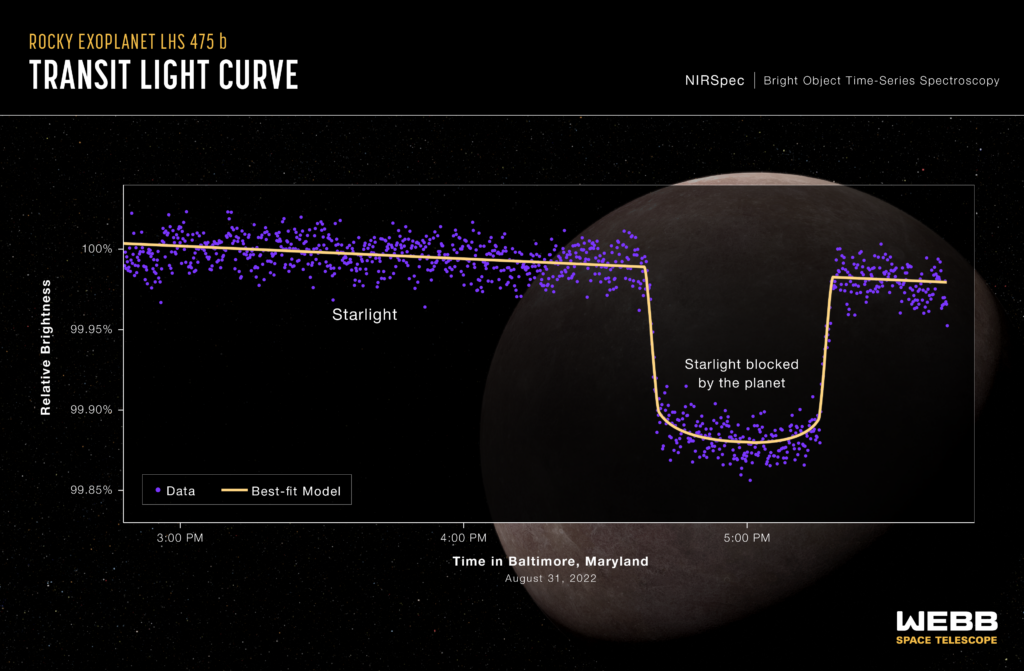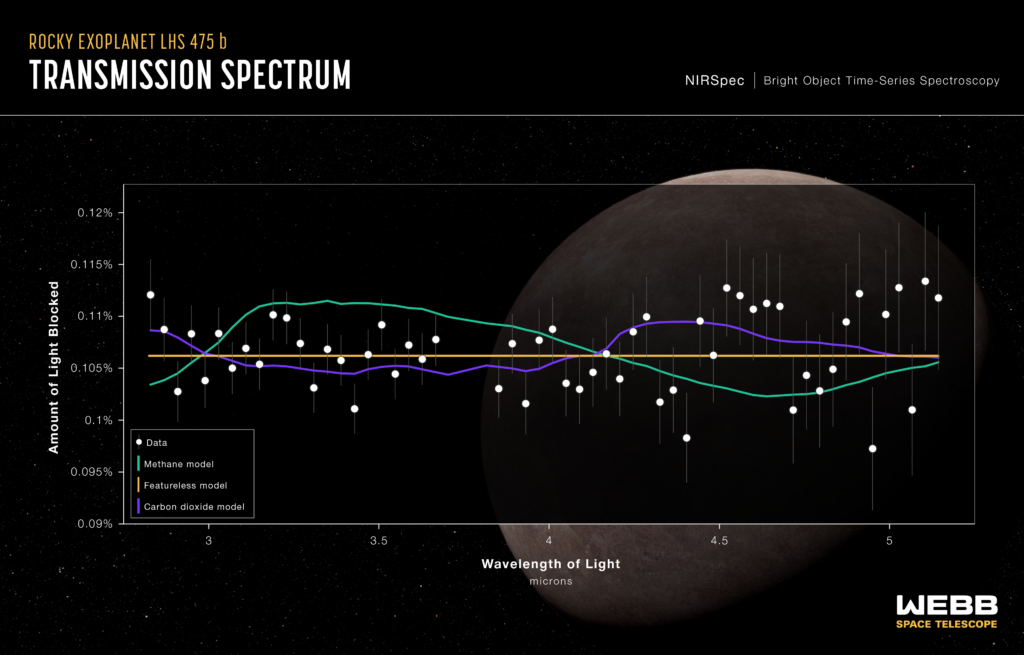Astronomers have confirmed the existence of an exoplanet for the first time using the James Webb Space Telescope (JWST). The newly discovered world received the designation LHS 475 b. It orbits a red dwarf located at a distance of 41 light-years from Earth in the direction of the constellation Octans.

Astronomers first suspected the presence of an exoplanet in this system during the analysis of data collected by the TESS telescope. JWST was used for verification. It only took two transits for it to confirm the existence of the body.

LHS 475 b is an Earth-like exoplanet which radius is only 1% smaller than the radius of the Earth. It makes one orbit around its star in two days. Astronomers do not know the mass of the body yet. But given its size, it’s definitely a rocky exoplanet.
The main intrigue about this world is whether it has its own atmosphere. According to the researchers, despite its proximity to the star, LHS 475 b may still have its own gas envelope. JWST observations have not given an unambiguous answer about its presence yet. But researchers have already ruled out a number of options. For example, LHS 475 b definitely cannot have a thick methane atmosphere like Titan.

At the same time, an atmosphere consisting entirely of carbon dioxide will be so compact that its detection is a difficult task even for JWST. Therefore, astronomers plan to continue observations of LHS 475 b to clarify this issue.
Earlier we talked about how the TESS telescope discovered an exoplanet in the habitable zone of a red dwarf.
According to https://www.nasa.gov
Follow us on Twitter to get the most interesting space news in time
https://twitter.com/ust_magazine
